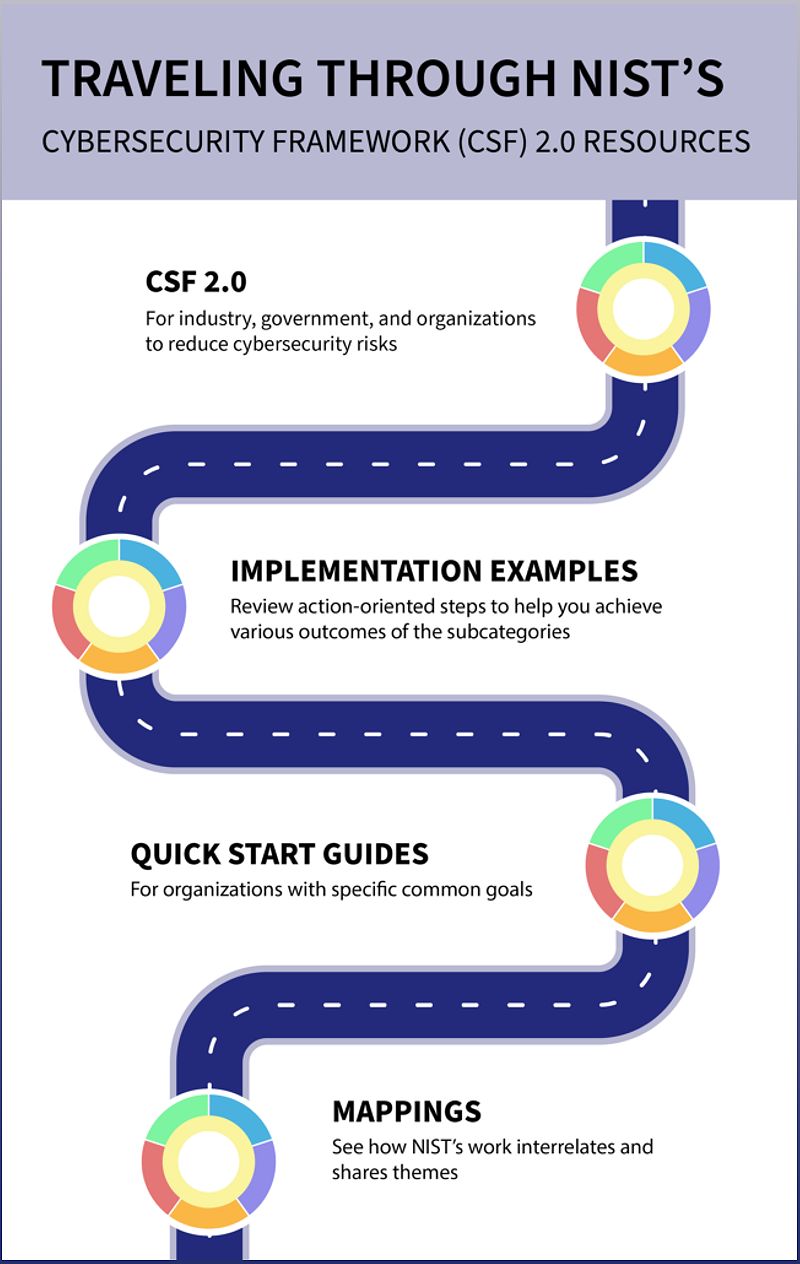The National Institute of Standards and Technology (NIST) has released Cybersecurity Framework 2.0, providing comprehensive guidelines for organizations to reduce cybersecurity risk. The update emphasizes governance and offers implementation examples and tools for tailored use.
NIST Releases Cybersecurity Framework 2.0 for Comprehensive Risk Reduction
The National Institute of Standards and Technology (NIST) has recently released an updated version of its Cybersecurity Framework (CSF) guidance document. This new edition, known as CSF 2.0, aims to provide organizations in any sector with comprehensive guidelines for reducing cybersecurity risk. The update expands the scope of the framework beyond critical infrastructure protection to include all organizations.
One of the key additions in CSF 2.0 is a focus on governance. This component emphasizes the importance of informed decision-making when it comes to cybersecurity strategy. It highlights that cybersecurity is a significant source of enterprise risk that should be considered alongside other risks such as finance and reputation.
The CSF 2.0 is organized around six key functions: Identify, Protect, Detect, Respond, Recover, and the newly added Govern function. These functions provide organizations with a holistic view of the entire lifecycle of managing cybersecurity risk.
To assist new adopters, CSF 2.0 offers a range of implementation examples and quick-start guides designed for specific types of users, such as small businesses, enterprise risk managers, and organizations looking to secure their supply chains.
In addition, the CSF 2.0 Reference Tool simplifies the implementation process by allowing users to browse, search, and export data and details from the CSF's core guidance in both human-consumable and machine-readable formats. This tool aims to make it easier for organizations to implement the CSF and tailor it to their specific needs.
The framework also includes a searchable catalog of informative references that help organizations map their current actions onto the CSF. This catalog allows organizations to cross-reference the CSF's guidance with over 50 other cybersecurity documents, including tools for achieving specific cybersecurity outcomes.
To further support organizations in their cybersecurity efforts, NIST has developed the Cybersecurity and Privacy Reference Tool (CPRT). This tool provides a set of NIST guidance documents that contextualize the CSF with other popular resources. It also offers communication strategies for technical experts and executives, ensuring that cybersecurity efforts are coordinated across all levels of an organization.
NIST plans to continue improving and enhancing its cybersecurity resources, and it encourages feedback from the community to help refine the framework. The goal is to create a collaborative environment where organizations can share their experiences and successes, ultimately helping others better understand and manage their cybersecurity risks.
The release of CSF 2.0 is a significant step towards strengthening cybersecurity practices across all sectors. By providing organizations with comprehensive guidance and resources, NIST aims to empower them to proactively address cybersecurity risks and protect their digital assets. With the ever-evolving threat landscape, it is crucial for organizations to stay updated and implement robust cybersecurity measures.

